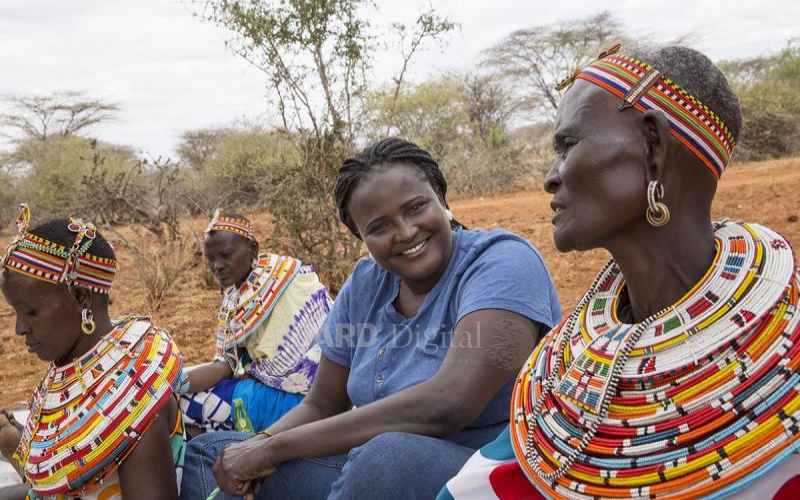×
The Standard e-Paper
Smart Minds Choose Us

The sound of gunshots takes Josephine Ekim back to a time she wishes she could forget. It transports her back to her childhood when cattle rustlers would shoot indiscriminately in villages in Isiolo.
During such moments, most villagers would cuddle their children, hoping it would all pass. But there were times when the war went on for months and children stayed home from school.